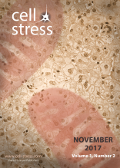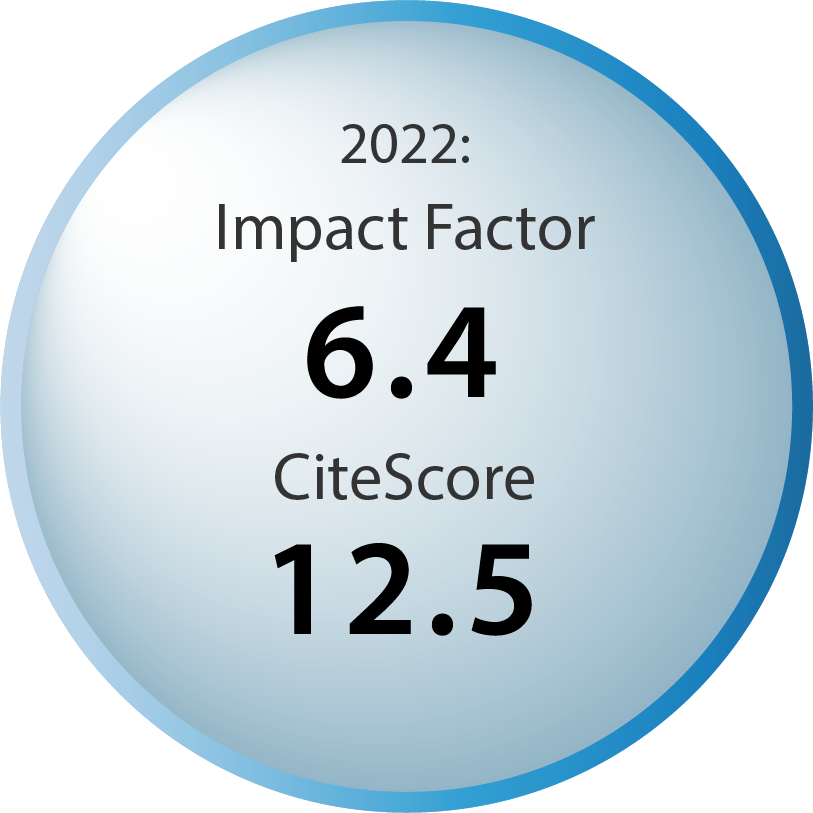Table of contents
Volume 1, Issue 2, pp. 73 - 109, November 2017
Tumor suppressive Ca2+ signaling is driven by IP3 receptor fitness
Geert Bultynck and Michelangelo Campanella
News and thoughts | page 73-78 | 10.15698/cst2017.11.109 | Full text | PDF |
Emerging roles of mitochondria and autophagy in liver injury during sepsis
Toshihiko Aki, Kana Unuma and Koichi Uemura
Reviews | page 79-89 | 10.15698/cst2017.11.110 | Full text | PDF | Abstract
By continuing to use the site, you agree to the use of cookies. more information
The cookie settings on this website are set to "allow cookies" to give you the best browsing experience possible. If you continue to use this website without changing your cookie settings or you click "Accept" below then you are consenting to this. Please refer to our "privacy statement" and our "terms of use" for further information.



